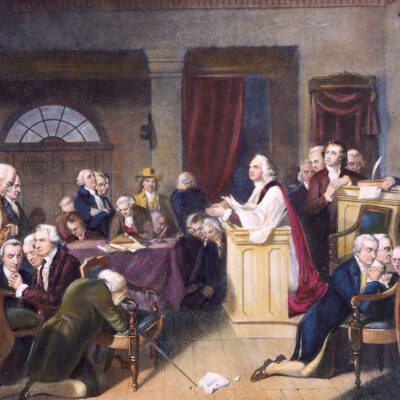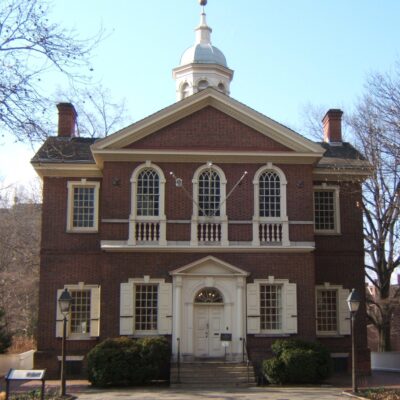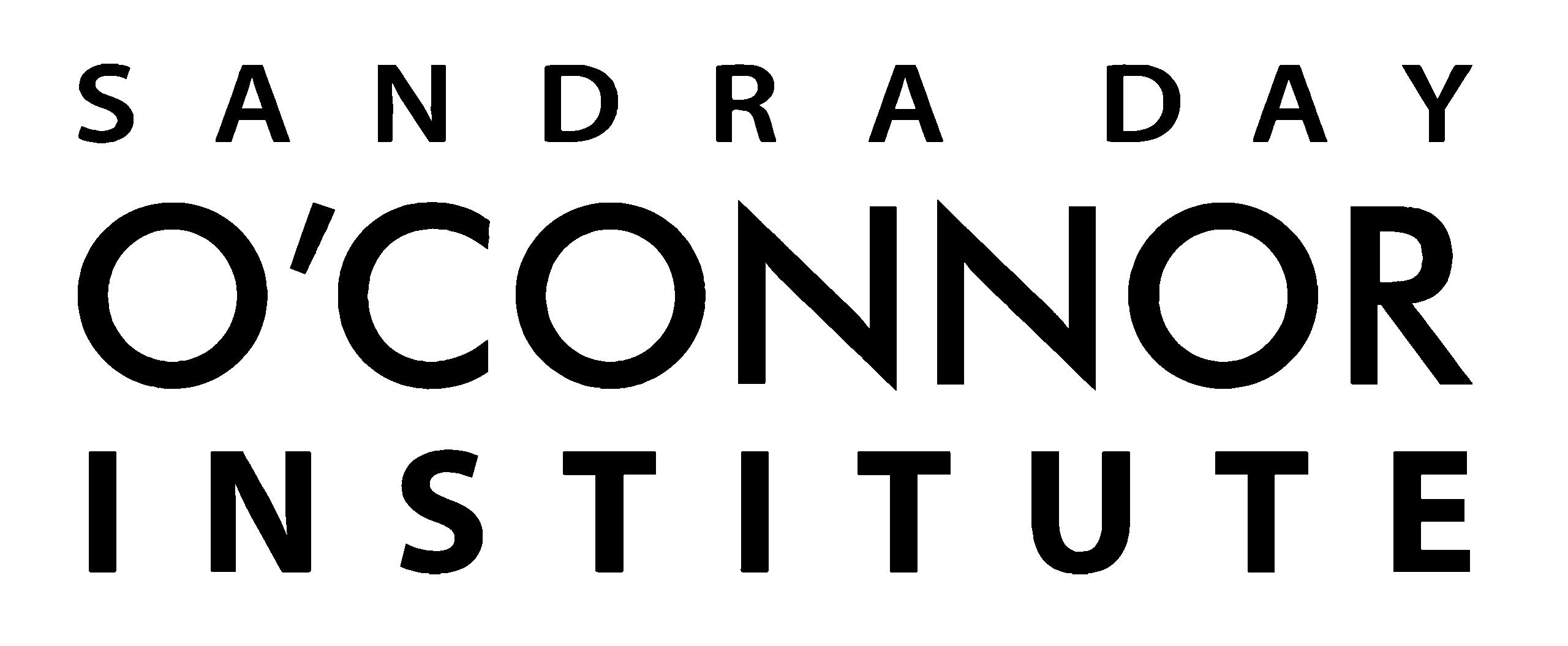The First Continental Congress: Thirteen Clocks Begin to Strike Together
The colonies reached a critical point in the summer of 1774. Parliament’s Coercive Acts—called the “Intolerable Acts” in America—had closed the port of Boston, stripped Massachusetts of self-government, and allowed British officials accused of crimes to be tried in England. Instead of punishing Massachusetts for the Boston Tea Party, the laws sent a shockwave of alarm from New Hampshire to Georgia.

For decades, the colonies had quarreled among themselves as often as they had with Britain. Now, for the first time, they faced a common crisis. Outrage gave rise to a radical idea: the colonies must meet, speak with one voice, and collectively decide how to respond.
Summoning the Congress
The call for a congress came from the Virginia House of Burgesses and the Massachusetts Assembly, two legislatures with long traditions of defiance. Newspapers, taverns, and town meetings took up the cry. Even colonies far from Boston’s troubles recognized that if Parliament could crush Massachusetts, no colony’s liberties were safe.
Delegates were chosen in various ways—some by popular vote, others by colonial assemblies or ad hoc committees. The process itself was extraordinary: the colonies had never before sent political representatives to a common meeting without Britain’s permission.
September 5, 1774—Philadelphia
Fifty-six men gathered at Carpenters’ Hall, a brick building tucked away from the main thoroughfares. Philadelphia, the largest and most cosmopolitan city in British America, offered neutrality, neither a hotbed like Boston nor a Loyalist stronghold.

Carpenters’ Hall, built 1770–1774 by the Carpenters’ Company of the City and County of Philadelphia, and meeting place of the First Continental Congress in autumn 1774.
Here were men who would soon be famous:
- George Washington of Virginia, imposing and reserved, still wearing his colonel’s uniform from the French and Indian War.
- John Adams of Massachusetts, keen-eyed and quick-tempered, was already a skilled constitutional thinker.
- Patrick Henry, a fiery orator from Virginia, had the ability to transform debate into action.
- John Jay of New York was a young and precise legal thinker.
- John Dickinson of Pennsylvania, whose Letters from a Farmer in Pennsylvania had made him a colonial celebrity.
They represented a spectrum of views—from radicals ready to confront Britain directly to moderates seeking reconciliation under the Crown.
One colony was absent: Georgia, still dependent on British military aid against Creek and Cherokee attacks, declined to send delegates.
The Task at Hand
The Congress was not yet talking about independence. Most delegates still considered themselves loyal subjects of King George III. Their goal was to defend colonial rights while avoiding an open break.
But how to do it? Some wanted a hard line—total economic boycott of Britain until the Coercive Acts were repealed. Others urged caution, fearing that too much defiance would invite destruction.
Debate and Decision
For weeks, delegates debated behind closed doors. They reached a political compromise by agreeing on the Continental Association, a system that prohibited the importation, exportation, and consumption of British goods and products. This economic pressure would be enforced by local “Committees of Safety” in every town and county, empowering ordinary citizens to monitor compliance.
They also issued the Declaration and Resolves, asserting that the colonies were entitled to the rights of Englishmen—life, liberty, property, and the power to tax themselves through their legislatures. Parliament, they declared, had overstepped its authority.
Finally, they drafted a petition to King George III, appealing directly to the monarch to intercede with Parliament. It was a last olive branch, an attempt to avoid war.
A Congress Adjourns, a Nation Awakens
Seven weeks later, on October 26, 1774, the First Continental Congress adjourned, promising to reconvene in May 1775 if their grievances remained unaddressed. The delegates departed to a country already in motion. Committees of Safety sprang to life, British imports vanished from store shelves, and militia units drilled in village greens.
London met the petition with indifference. The machinery of imperial authority continued to function smoothly. In April 1775, the first shots at Lexington and Concord would prove that the Congress’s prediction was correct: their next meeting would not be about protest but about war.
Legacy
The First Continental Congress did not declare independence, but it created something equally revolutionary: a framework for collective American action. Thirteen separate colonies had learned to deliberate together, to compromise, and to act as one. As Patrick Henry had declared on the Congress’s first day, “The distinctions between Virginians, Pennsylvanians, New Yorkers, and New Englanders are no more. I am not a Virginian, but an American.”
In that moment, the idea of the United States was born—not yet in law, but in the hearts of its leaders.

